![A cardboard house in a heavy snow area? Polar architect Yusuke Murakami [Hokkaido Numata Town "Horoshi no Mori News"]|Domingo](https://p1-634a4370.imageflux.jp/w=768,f=webp:auto,q=78/https%3A%2F%2Fdomingo.ne.jp%2Fwp%2Fwp-content%2Fuploads%2F2022%2F03%2F9c92b492ec44445a1eec911b44ad0046.jpg)
ARTICLES
A cardboard house in a heavy snow area? Polar architect Yusuke Murakami [Hokkaido Numata Town "Horoshi no Mori News"]
1. A nature school opens in Numata Town's Horoshin Forest?! 2. Even on the snow in Numata Town! Let's build a cardboard house together: "DAN DAN DOME" 3. [Horoshino Forest GUEST 01] Polar Architect Yusuke Murakami 4. Take part in the "Numata Town Whole Nature Experience Project"!
1. A nature school opens in Numata Town's Horoshin Forest?!
Numata Town is a town where you can feel the great outdoors, where fireflies burn their lives in the summer and snowfall reaches a maximum depth of 170cm in the winter. It is also a town that has been proactive in making use of its resources, such as sharing the history of the three coal mines that once existed, holding the Yotaka Andon Festival that has been passed down from Toyama Prefecture, and using the endless snow that accumulates in winter to cool public facilities and to store rice and vegetables for a long time.
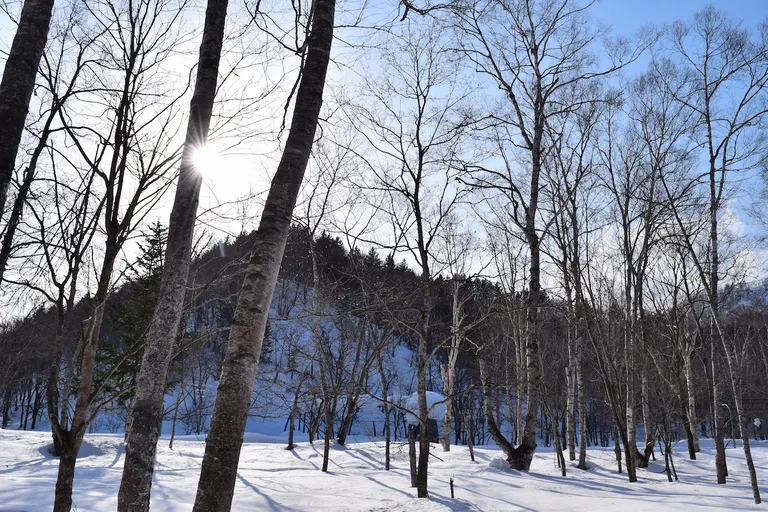
Combining the rich charm of Numata Town with new ideas, progress is being made steadily on the creation of a "nature school" where children and adults alike can enjoy playing in the forest all year round. Exactly one year ago, Domingo introduced the creation of a nature school in Numata Town.
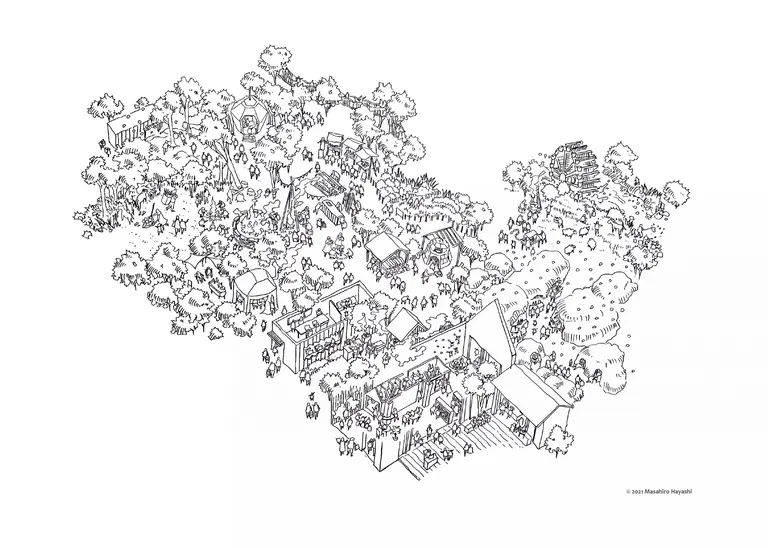
■ Play in the forests of Numata Town! Creating a "nature school" that fulfills everyone's dreams https://domingo.ne.jp/article/5065
An exciting picture that brings together all the things we want to do at the nature school. The plan is progressing steadily, and now an interesting person has come to Horoshin Forest as a guest! Our guest at Holoshin Forest is polar architect Yusuke Murakami, who organized a workshop on creating and using the "DAN DAN DOME." What exactly is the "DAN DAN DOME," and what kind of person is this unusual architect with the unfamiliar title of "polar architect"?
Even on the snow in Numata Town! Let's all assemble the cardboard house "DAN DAN DOME"
Polar architect Murakami Yusuke, who has explored human activities in numerous polar regions such as Antarctica and the Himalayas, held a workshop in Horoshin Forest to create the DAN DAN DOME.
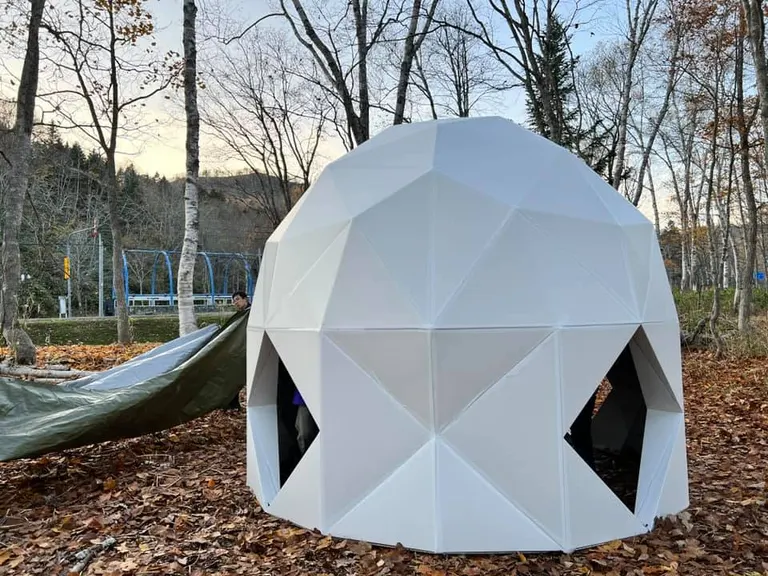
DAN DAN DOME is a prefabricated dome tent made of cardboard that Murakami designed and developed together with a packaging company. Although it is made of cardboard, it is water-resistant, making it suitable for outdoor use. This dome tent is designed to be able to be set up by 6 to 8 people, including adults and children, working together, and is useful for outdoor recreation such as festivals and camping, as well as in emergencies, such as providing private space in evacuation shelters.
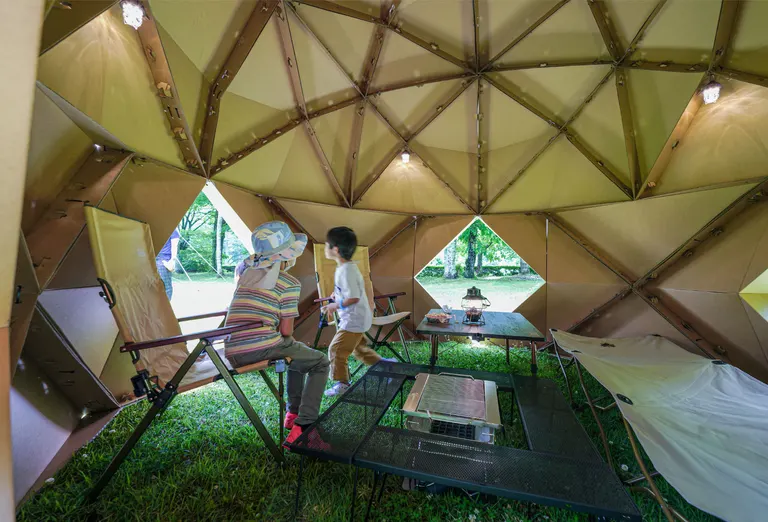
Photo by Yusuke Murakami
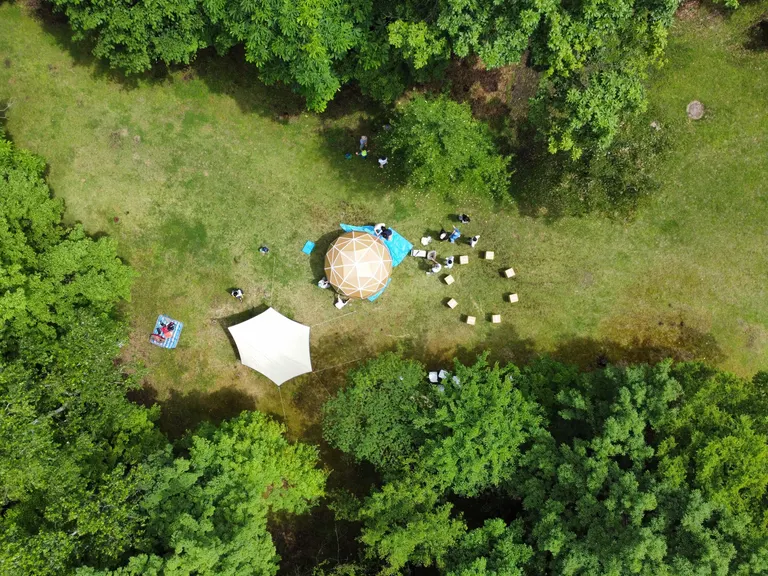
Photo by Yusuke Murakami
The materials and shapes are designed with the assumption that they will be disposable, so they can be used however you like, such as drawing on them, drilling holes in them, or decorating them.
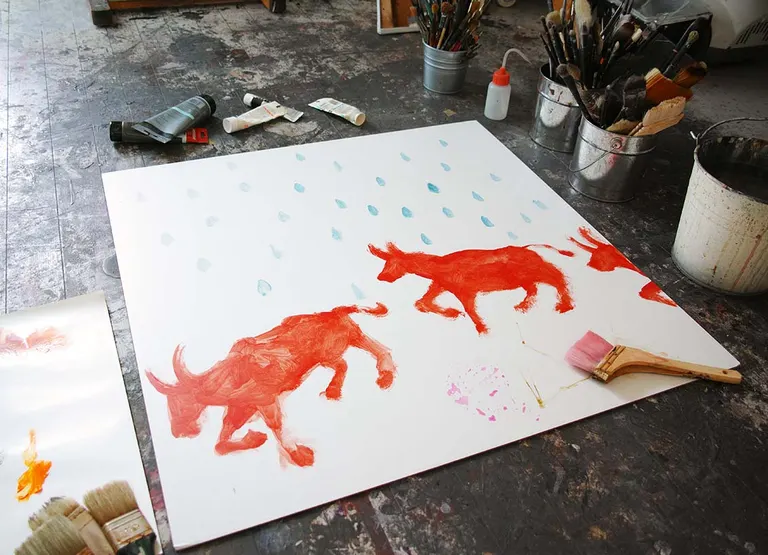
Photo by Keiichi Baba
At Horoshin Forest, we held experimental workshops twice, in October and February, in which participants built and used the DAN DAN DOME.
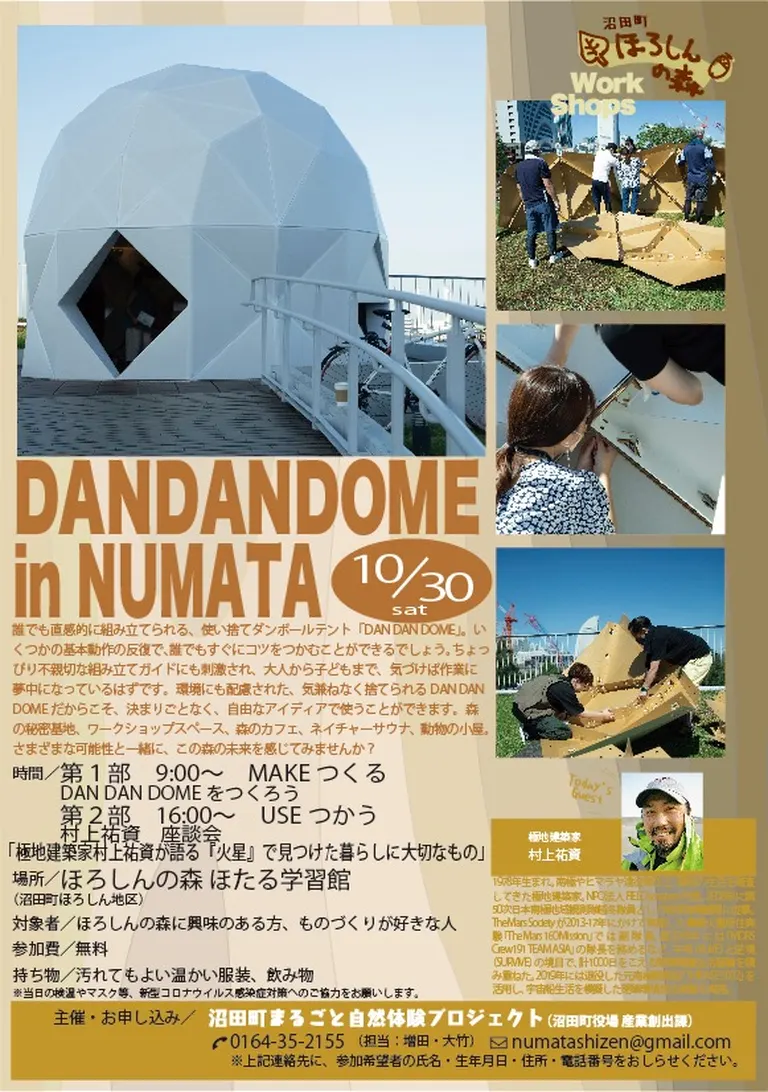
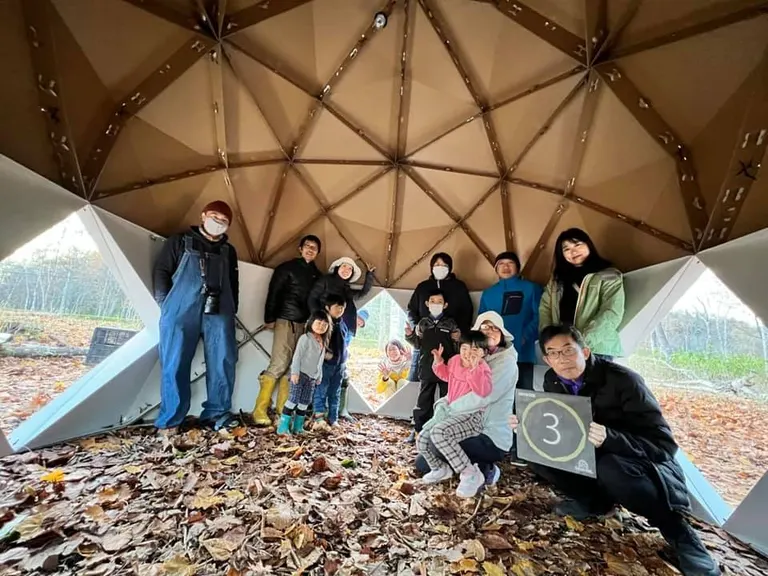
The second time was in midwinter, in February. Numata Town is an area that receives heavy snowfall and is extremely cold, so it is in a sense a "polar region." How well can it withstand the weight of snow? How can it freeze? How can it be used? We conducted repeated experiments.
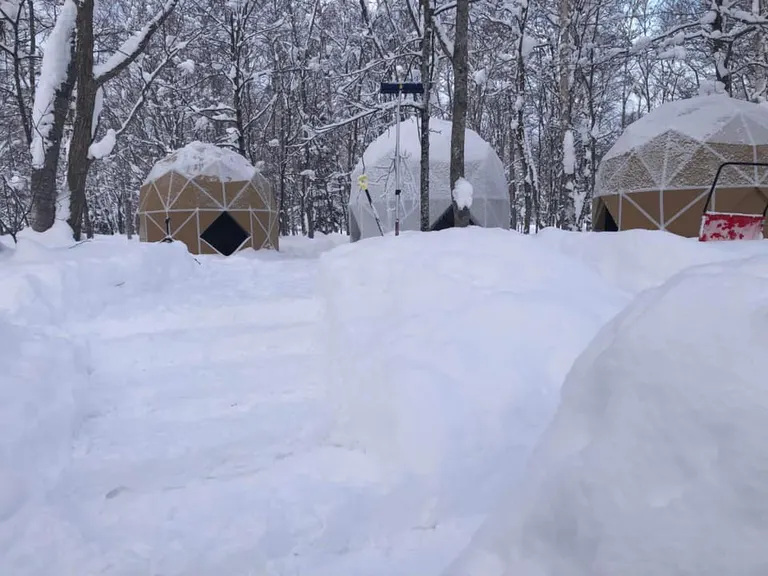
Polar Architect Yusuke Murakami
What kind of person is Mr. Murakami, who conducted the DAN DAN DOME workshop in Horoshin Forest? Murakami has participated in an experiment to replicate the life on Mars, such as Antarctica, the summit of Mount Fuji, the Himalayas, and the "Mars Experimental Life Mars 160." He has spent a total of more than 1,000 days in the harsh environments known as "polar regions," and has been thoroughly exposed to the lives and lifestyles of people in polar regions.
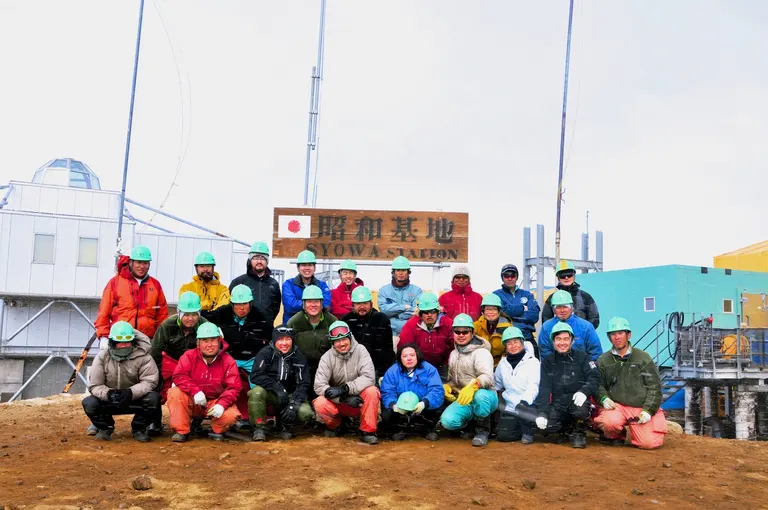
I went to Showa Base as a wintering member of the 50th Japanese Antarctic Research Expedition. Photo: Yusuke Murakami
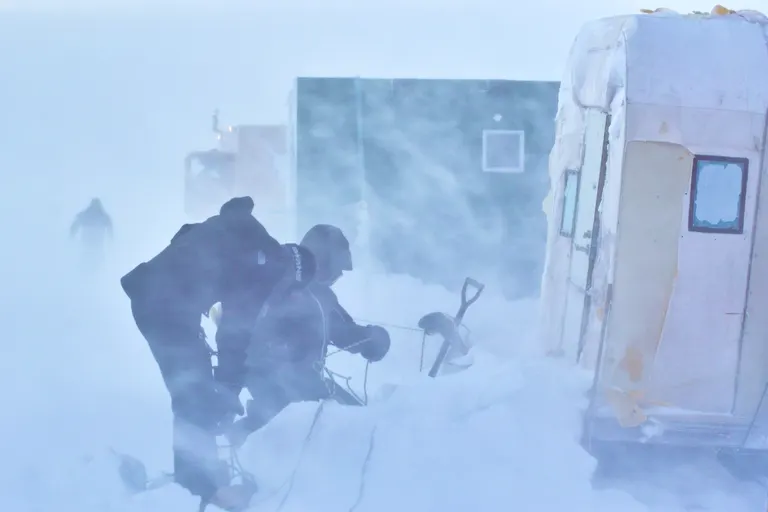
Field activities during the 50th Japanese Antarctic Research Expedition. Photo by Yusuke Murakami.
We spoke to Murakami, who has such an unusual career background.
I wanted to know the fundamental aspects of how humans live and make a living.
With the title of "Polar Architect," one might assume that he loved adventure from a young age and had a fascination with space, but it turns out that he was actually a very scared child, so scared of the slide at the Snow Festival that he would cry and go down the stairs instead. Murakami, who has never had any particular desire to go into space but has been interested in people's lives since he was a child, first encountered the polar regions and space when he was a university student. "When I was a university student studying architecture, I happened to open a magazine and learned about an experimental lifestyle called 'Biosphere 2' in Arizona, where eight researchers, both male and female, were living in complete seclusion for two years. The experiment examined whether humans could survive in an artificial ecosystem in a huge, sealed space, and the relationship between human life and the global environment. When I studied architecture, what I wanted to do was not to create cool architecture, but to explore the fundamental aspects of human life. My encounter with this magazine made me want to think about the fundamental aspects of human life from an architectural perspective in the "space" where humans may move in the future."
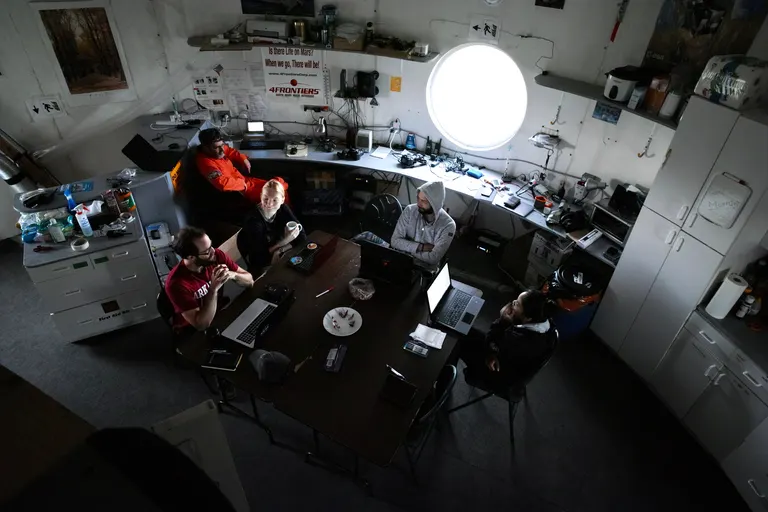
Life on the base in "Mars Experimental Life Mars160" Photo: Yusuke Murakami
While we're still on Earth, we should identify and eliminate any "forgotten items" that may occur on Mars.
"Thinking about life in space from an architectural perspective" - there was nowhere else in Japan, and almost none in the world, undertaking such an initiative. It was a tricky journey, and there were many things that didn't go well, but he continued to act with a strong desire to understand the roots of human life, and was selected as a member of the Antarctic observation team. He will experience life in the polar region of Antarctica for himself and observe human life there.
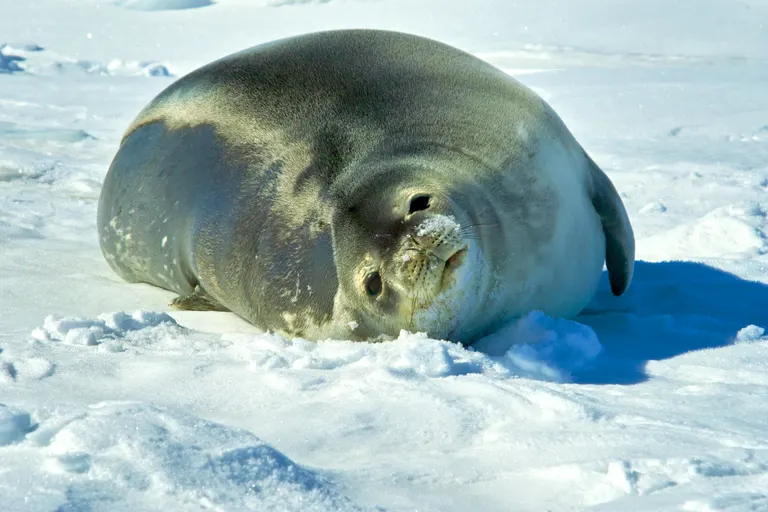
Photo by Yusuke Murakami
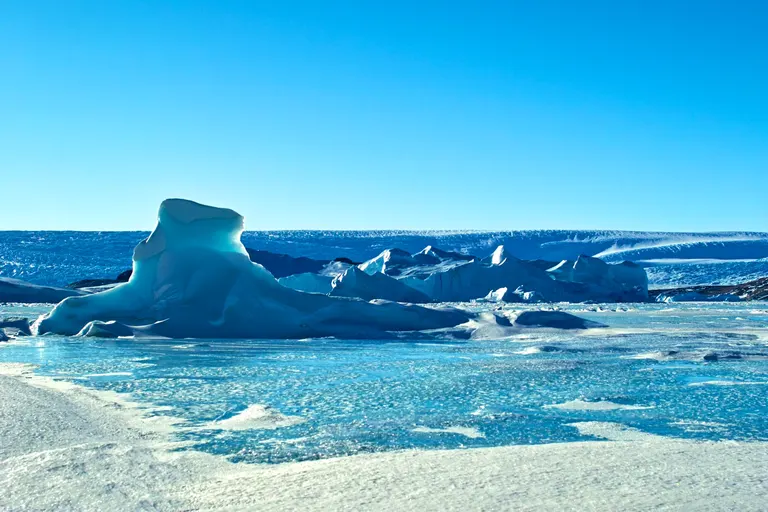
Photo by Yusuke Murakami
He continues to gain experience living in polar regions, including accompanying a climbing team at base camp in the Himalayas and spending time at a former weather station on the summit of Mount Fuji.
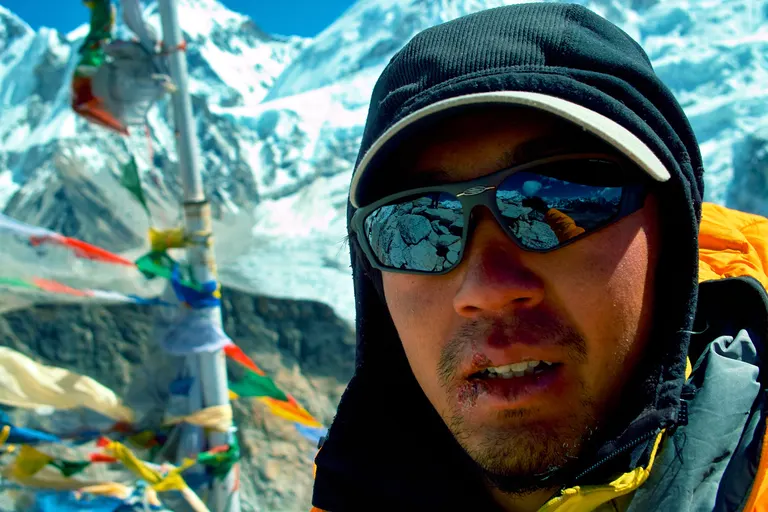
Photo by Yusuke Murakami
Meanwhile, Murakami, who was interested in whether the things that happen in domestic projects also happen in international projects, and whether differences in countries lead to differences in lifestyles and thinking, applied for a project called "Mars Experimental Life." He was selected as the top candidate and participated as the vice-captain. The experiment was organized by an organization that had two mock bases, one in the Arctic and one in Utah, USA, and the project involved a total of 160 days of stay, 80 days in Utah and 80 days in the Arctic.
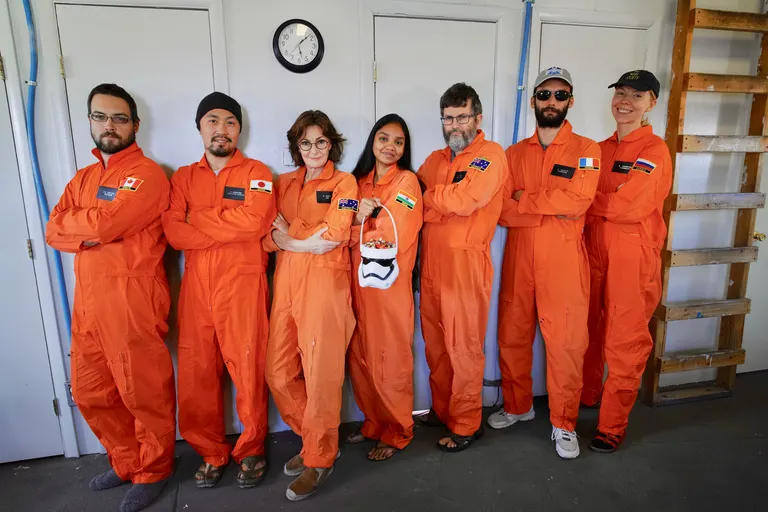
Crew members who participated in the "Mars Experimental Life Mars160" Photo: Yusuke Murakami
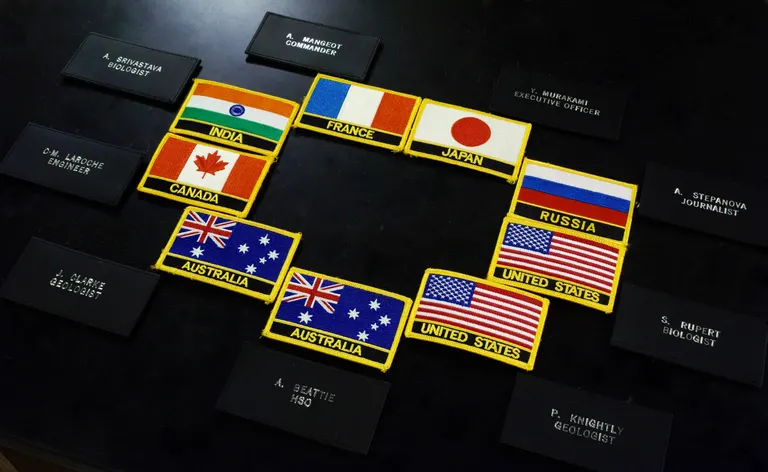
Photo by Yusuke Murakami
"What I found interesting about the 'Mars Experimental Life' initiative is that it allows us to identify problems that may arise on Mars while we are still on Earth. Even if we realize, 'I forgot my soy sauce!' once we get there, we won't be able to go buy some, so I think it's practical and interesting in the sense that we can take care of things now so that we don't forget anything."
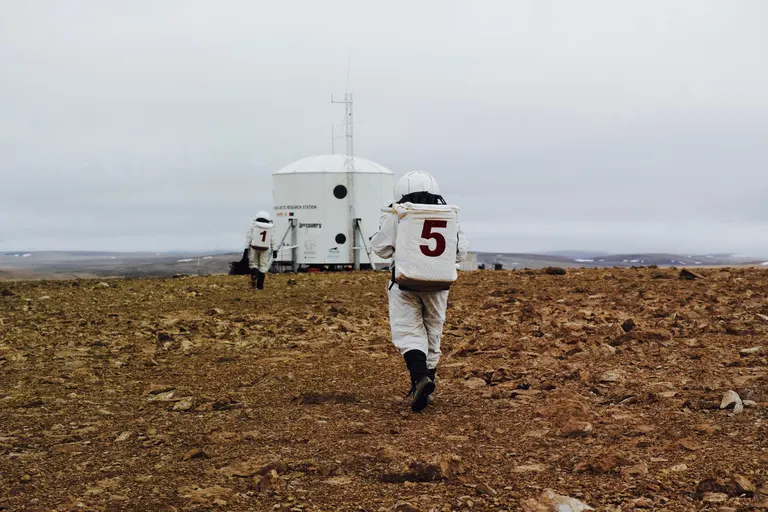
Photo by Yusuke Murakami
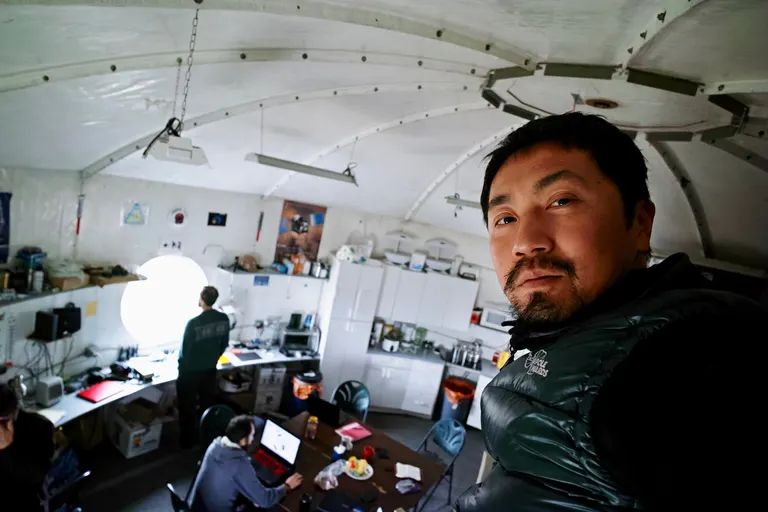
"Mars 160: Experimental Life on Mars" on Devon Island in the Arctic. Photo: Yusuke Murakami
However, when he actually participated, he realized that the purpose of the event was more to show that "we are taking the lead in space efforts" than to "clear up what we've forgotten." Both the organizers and participants focused only on "what went well," and did not pay much attention to improving "what did not go well." Murakami thought that if they continued to do things like this, they would not be able to improve life in space someday, so he took action. "I decided to create an opportunity to truly uncover what had been forgotten. First, I booked a two-week slot at a mock base in Utah and ran the mock experiments as the organizer. Then, since I can't go to America all the time, I wondered if I could create a platform in Japan, so I rented a section of the retired Antarctic research vessel, the SHIRASE 5002, to run the mock experiments."
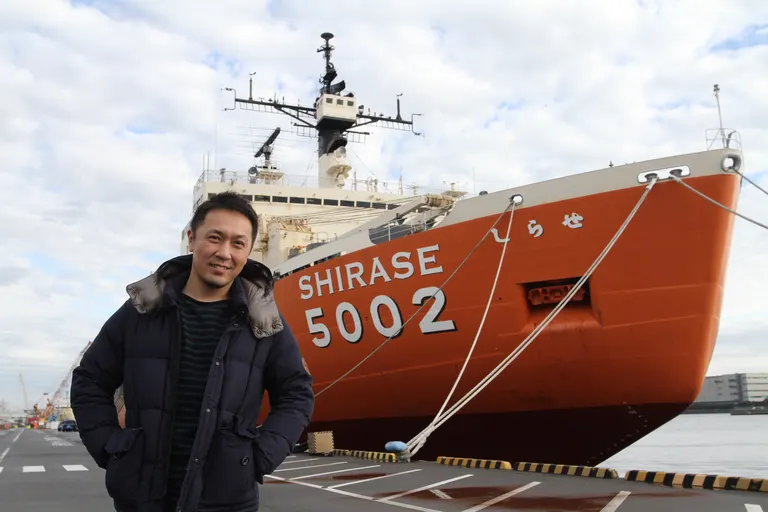
Former Antarctic research vessel "SHIRASE 5002" Photo: Yusuke Murakami
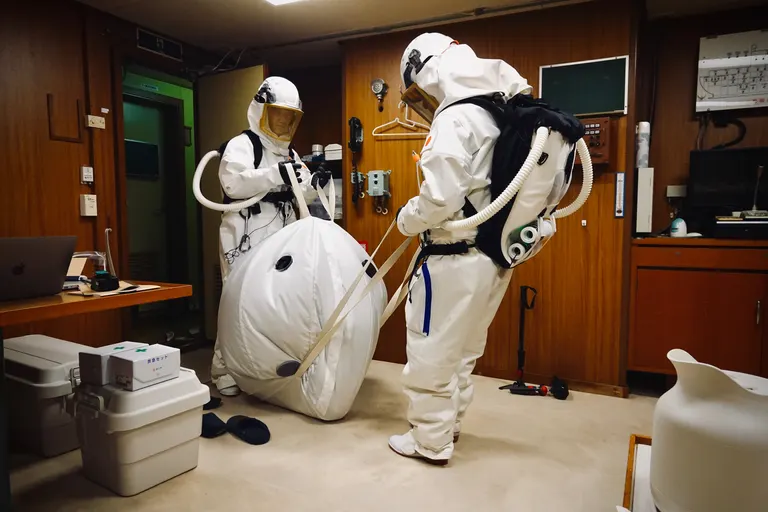
A mock experiment on the former Antarctic research vessel "SHIRASE 5002" Crew performing an emergency escape mission. Photo: Yusuke Murakami
Caring for relationships not only with the crew but also with the people around you
The crew members who volunteered to participate in the experiment and were mentally prepared were able to enjoy the discomfort and inconvenience that came with it. However, Murakami noted that their families were not prepared. "In space missions, it's easy to communicate poorly with the outside world. So even if the crew members themselves are standing up straight, if their families are unsteady, the crew members themselves can get flustered through communication. I see the same pattern in relationships with ground controllers and mission support people. I think many people will understand now, but it's the ultimate example of "what you can't do remotely." A small misunderstanding can go on and on without being able to follow up. We focused as much as possible on how to cooperate with people who are far away while living their lives."

Simulation experiment on the former Antarctic research vessel "SHIRASE 5002" Regular communication with ground controllers Photo: Yusuke Murakami
Designing the process of architecture and communication
Such small misunderstandings happen not only during special missions, but in any place where people gather, including in evacuation shelters. DAN DAN DOME was designed to incorporate the process of communication into the act of architecture.
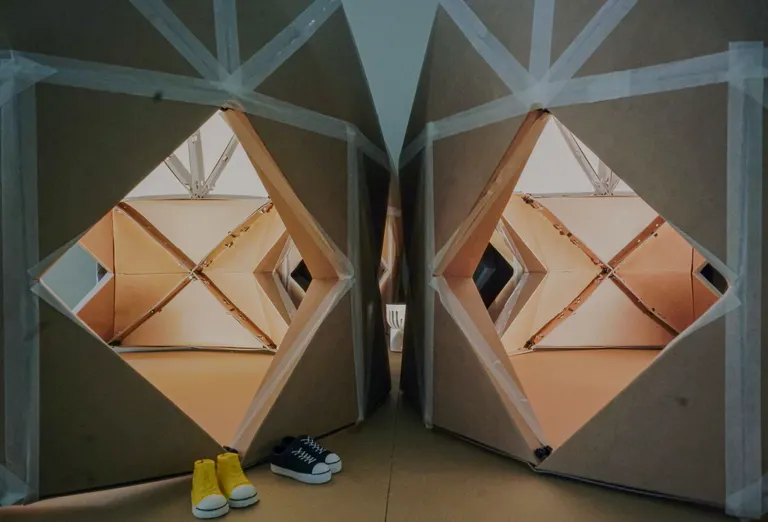
Photo by Yusuke Murakami
"When we interviewed evacuees at evacuation centers, they generally fell into two categories: those that took the initiative and said things like, 'Let's do this for cleaning duty' or 'Let's dispose of the garbage like this,' and those that, when government officials showed up, said things like, 'The toilets were dirty,' and left it up to the government. Most of the evacuees fell into the latter category. But since people gather at evacuation shelters randomly, there shouldn't be any difference at first. What divides them here is the difference in initial response. Everyone gathers in a state of mental and physical tension, so they inevitably become rigid, but if just one person says, "Let's try to help where we can," everyone starts moving. But on the other hand, if someone silently helps out at the initial stage, the others start to take it for granted that others will do it for them, and leave it up to others." DAN DAN DOME is the initial step in establishing smooth communication afterwards, along with assembling the dome tent.

Photo by Yusuke Murakami
The guide referred to when assembling, the " DAN DAN GUIDE ," is designed to be just the right amount of difficult to understand, and the size of the dome means that multiple people are required to assemble it, so that you will need to talk to and help each other with other people in order to complete the DAN DAN DOME.

Photo by Yusuke Murakami
Some companies are considering using DAN DAN DOME for training new employees. Why not give DAN DAN DOME a try, as it lets you know who is playing what role in the group?
■If you would like to know more about Murakami Yusuke, please listen to the podcast ``Radio Native'', distributed by ``FIELD assistant'', which Murakami represents. ☞ Yomu Radio https://bit.ly/3CUD0uA ☞Kiku Radio https://apple.co/3KXBYAr ■DAN DAN DOME https://dandandome.com/
Join the "Numata Town Whole Nature Experience Project"!
Besides DAN DAN DOME, there are plenty of exciting people and events at Holoshin Forest! I'm sure there are many people who think, "I'd like to visit Numata Town" or "I'd like to get involved in the project." Please become a Forest Play Supporter and take part in the Numata Town Whole Nature Experience Project!

If you become a Forest Play Supporter (commonly known as "Mori Sapo"), you will receive information about workshops and events related to the nature school via email, so you can participate in events that interest you. In addition, online streaming events will sometimes be held that you can participate in from remote locations, so no matter where you live, if you're even slightly interested, please join the Mori Supporters!
What is a Forest Play Supporter? These are the members who play and create in Holoshin Forest. Anyone from across the country, not just those living in Numata, can register, and there are no annual fees or mandatory events, so you can join whenever you feel like it. If you would like to just register, please send an email to Numata Town Nature Experience Office (numatashizen@gmail.com) with your name, age, address, and email address. We will provide various information related to our activities!
■Numata Town Whole Nature Experience Project [Numata Town, Hokkaido] Facebook https://www.facebook.com/hokkaidonumatanature ■About Forest Play Supporters https://www.facebook.com/hokkaidonumatanature/posts/493542638705301
Photo courtesy of Yusuke Murakami, Numata Town











